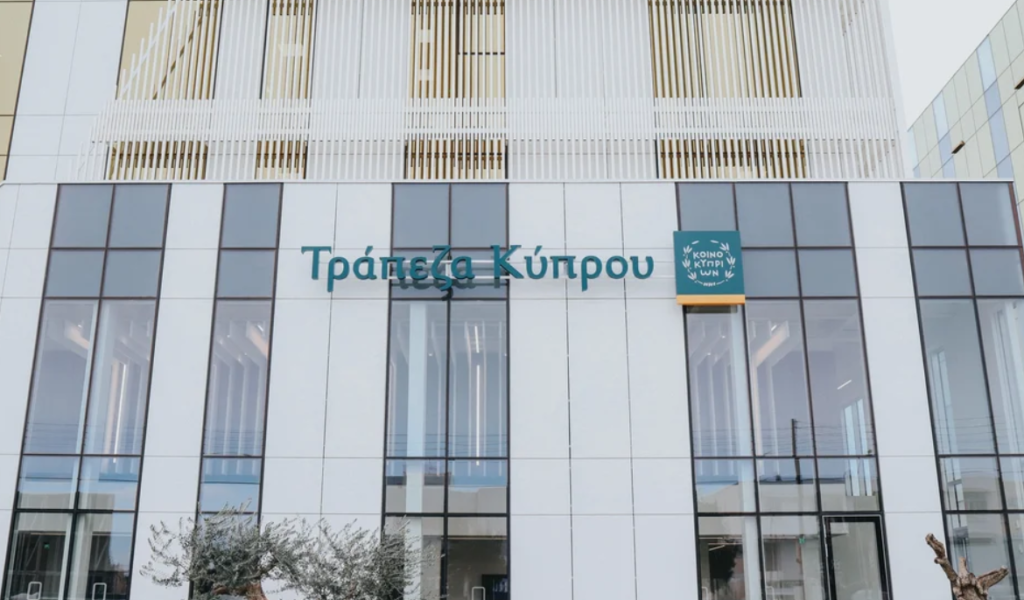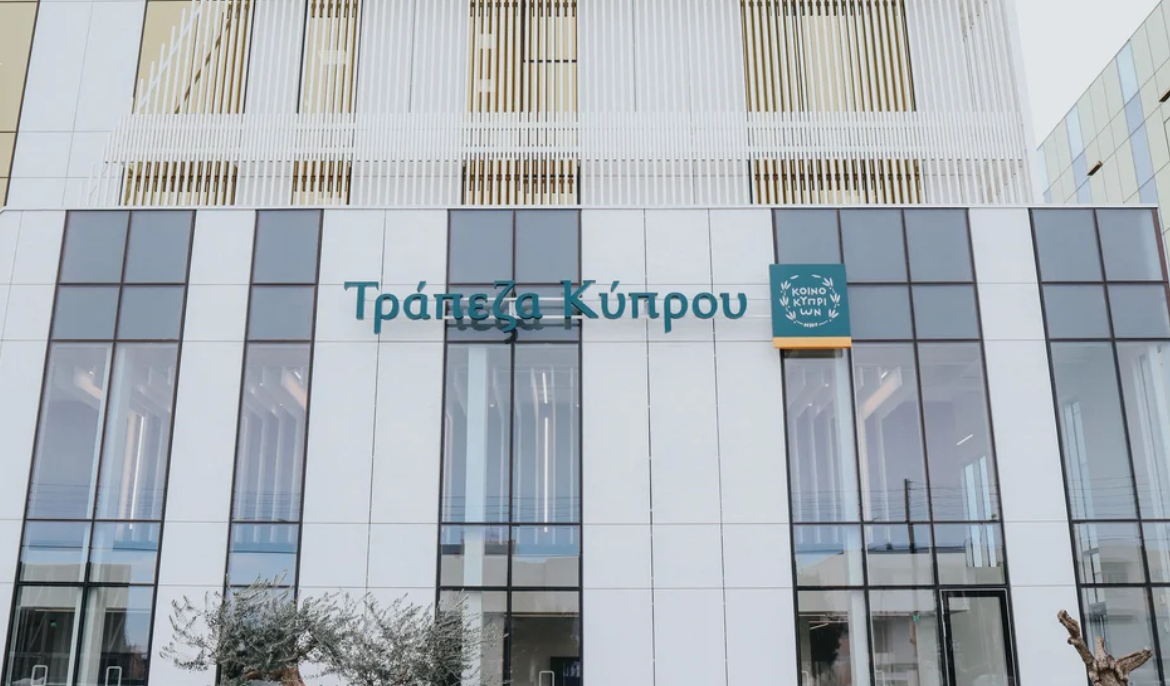S&P Global Ratings has upgraded the long-term issuer credit rating of Bank of Cyprus Public Co. Ltd. (BoC) to ‘BBB-’ from ‘BB+’, reflecting improvements in the Cypriot banking sector’s funding stability.
“Cypriot banks have further reduced their dependence on less stable non-resident depositors and improved their loans-to-core-deposits ratio, increasing funding stability in Cyprus’ banking system,” the credit agency stated.
The outlook for both BoC and its holding company, Bank of Cyprus Holdings PLC, has been assessed as stable.
“We believe the economic environment in Cyprus will remain supportive and banks’ efforts to improve efficiency will partially offset the hit from falling interest rates,” the agency added.
The decision to upgrade the bank’s rating follows a broader reassessment of systemic risks within the Cypriot banking industry.
“Our view of lower systemwide funding risks for Cypriot banks has led us to revise our industry risk score for Cyprus to ‘6’ from ‘7’,” S&P stated. It further explained that this signals a reduction in overall banking sector risk.
The rating agency also highlighted the significant decline in non-resident deposits, which it considers a key factor in reducing risks.
“The share of non-resident deposits had declined to 14.1 per cent of total systemwide deposits as of December 2024 from about 38 per cent at year-end 2012,” S&P stated.
The move is attributed to regulatory actions aimed at closing Russian-linked accounts and the effect of Western sanctions on Russian entities.
Despite this, S&P acknowledged that the remaining non-resident deposits have shown stability over the past three years.
“We consider that the risk of rapid deposit outflows has materially declined compared to a decade ago,” it said.
The agency also pointed out that Bank of Cyprus, as the largest lender on the island, has maintained a highly liquid balance sheet.
“As of September 2024, BoC’s loan-to-deposit ratio stood at 50 per cent, with 20 per cent of deposits from non-resident depositors, and only about 9 per cent from outside of the EU,” the agency stated.
This, the latest S&P report added, places the bank in a solid position compared to its peers.
In addition to liquidity improvements, S&P noted the bank’s resilience amid changing interest rates.
“We expect BoC to suffer significant headwinds from the reduction in interest rates, considering the liquid structure of its balance sheet,” it said.
However, it added that “the bank will benefit from the build-up of significant hedging positions that reduced the net interest income sensitivity to 11 per cent at end-September 2024 from a very high 35 per cent as of end-2022”.
The credit rating agency also highlighted the bank’s positive profitability outlook.
“We forecast return on assets to be close to 2.4 per cent at end-2024, before declining to 1.7 per cent by end-2026,” S&P stated.
It further projected that BoC’s risk-adjusted capital (RAC) ratio would range between 12.5 per cent and 13.0 per cent over the next 18 to 24 months.
On the funding front, S&P observed that Cypriot banks have improved their access to capital markets, although external funding remains limited.
“Strong economic momentum and improved banks’ creditworthiness have supported investor confidence, giving Cypriot banks easier access to foreign capital markets,” the agency said.
Looking ahead, the agency does not foresee another upgrade in the near term, explaining that “we are unlikely to upgrade BoC and BoC Holdings”.
However, it mentioned that an upgrade could occur “if we thought that the bank’s capitalisation would materially strengthen and its forecast RAC ratio would increase to sustainably above 15 per cent, because of significantly stronger profitability”.
What is more, S&P also outlined potential risks that could lead to a downgrade.
“We could downgrade BoC and BoC Holdings over the next two years if the operating bank’s RAC ratio declined below 10 per cent or if its risk-adjusted profitability deteriorated to level no longer on par with ‘BBB-’ rated peers,” the agency said.
Finally, it warned that “a significant increase in double leverage above 120 per cent” could prompt a downgrade of the holding company.



